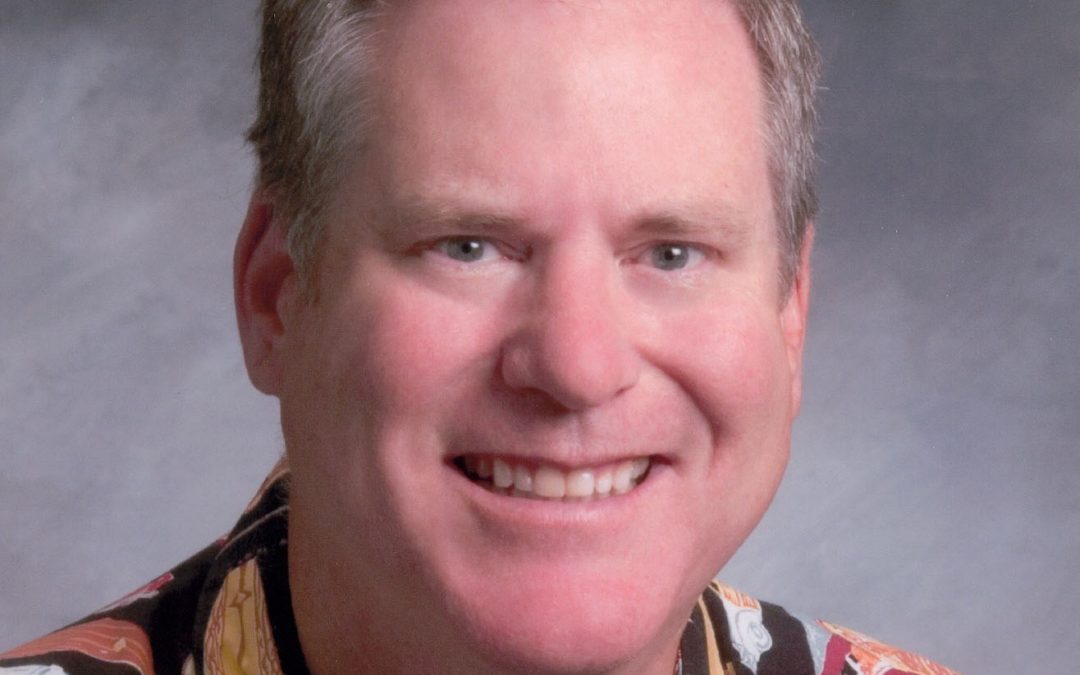
by Spreck | Feb 6, 2023 | Uncategorized
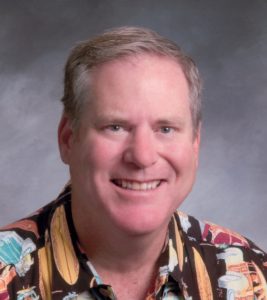
Rex Hime
We are saddened that Rex Hime, longtime board member of Restore Hetch Hetchy, passed away over the weekend.
Rex spent much of his professional life as President and CEO of the California Business Properties Association, staunchly defending and advocating for the rights of property owners. He applied the same commitment and passion to RHH and Yosemite – as we all own it and all national parks.
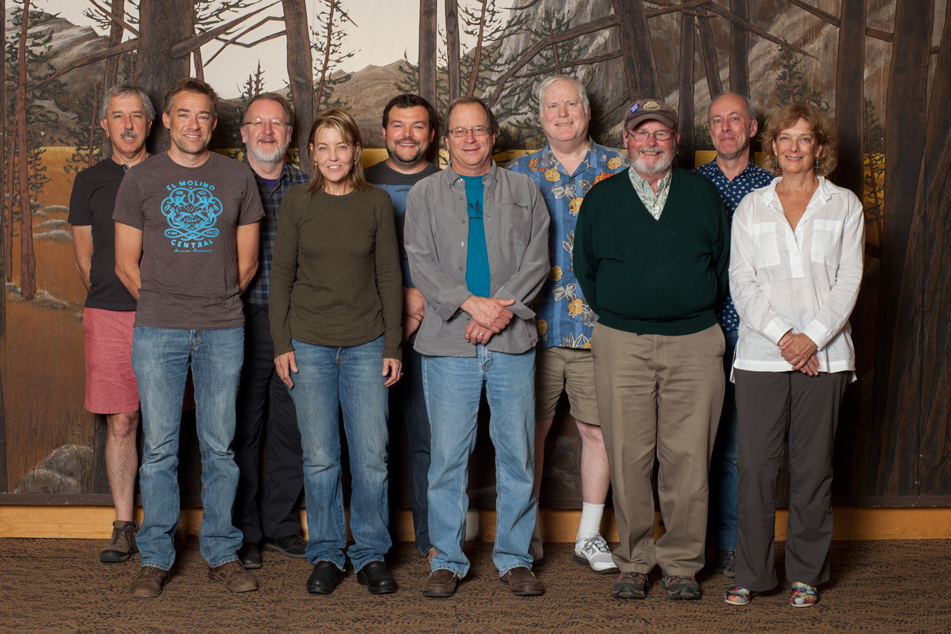
Rex, back row in shorts and customary Hawaiian shirt, along with a bevy of Restore Hetch Hetchy board members. Photo: The Verge Magazine.
Rex brought a wealth of political experience, advice and connections to Restore Hetch Hetchy. His contributions are evident in the legislation that is currently under consideration to improve visitor access and recreation at Hetch Hetchy (more to come on that).
Beyond his contributions, Rex was funny and insightful. He shared his opinion plainly and without malice when he was in disagreement. Rex was warm and friendly – the kind of person who brightened a room.
We will miss Rex, but his spirit lives on.
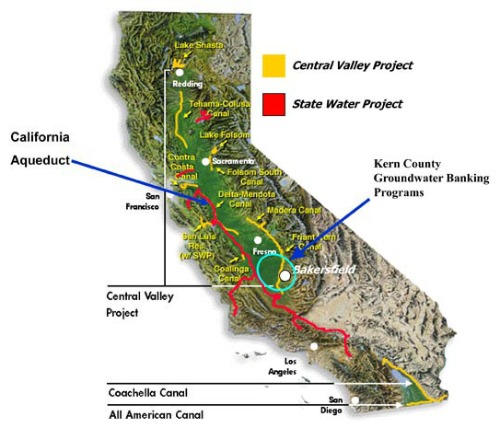
by Spreck | Jan 22, 2023 | Uncategorized
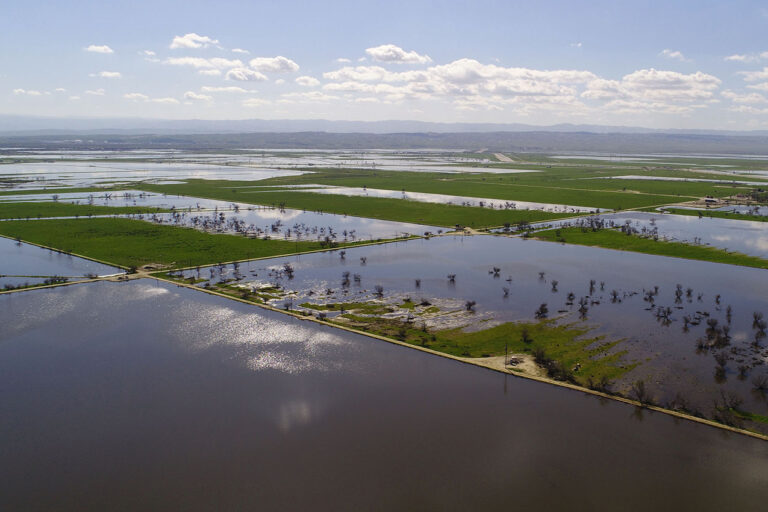
Due to a trifecta of geology, conveyance and institutional incentives, California’s most successful groundwater banks are in Kern County, where water is stored for California’s largest urban agencies as well as for farms. The practice can and should be replicated elsewhere. (Photo PPIC)
Restoring Hetch Hetchy Valley in Yosemite National Park means replacing the water storage function that Hetch Hetchy Reservoir currently provides. As we’ve shown, repeatedly and most recently in Yosemite’s Opportunity: Options For Replacing Hetch Hetchy Reservoir, it’s very doable. The challenge is institutional and lack of political will.
Groundwater recharge is the best and most cost-effective option for extending limited water supplies in semi-arid California. Broad scale recharge programs should be pursued and implemented (independent of whether people support restoring Hetch Hetchy Valley in Yosemite National Park).
Over the past three weeks, a series of storms drenched California and buried the Sierra Nevada deep in snow. Water levels in our large reservoirs have risen dramatically. Some reservoirs have maxed out already. Even if the rest of the winter is dry, the largest Sierra reservoirs will fill when the snow melts – ideally not until well into June.
Storm-driven flows have been pouring into the Pacific Ocean, disappointing many who would like to capture more water for use in cities and on farms – especially if another drought is on the horizon. A bipartisan group of lawmakers protested the “first flush” policy which limits pumping water from the Sacramento-San Joaquin Delta during the first storm of the year in order to protect endangered fisheries.
Others are frustrated that no progress has been made building the proposed Sites Reservoir, eight years after State voters authorized billions in matching funds. (California’s best dam sites were developed between 1940 and 1980; building more dams is possible but the increased costs and lower yields of more remote locations make most locations infeasible, even without considering environmental concerns.
Recharging groundwater is generally the most cost-effective way to increase water supplies, an approach highlighted by recent media coverage. It is time we learn our lesson and take corrective action.
Most of us are aware that there is far more water underground in aquifers than in surface reservoirs, although we have been “mining” that groundwater for more than a century. Groundwater levels have dropped severely in many areas. The 2014 Sustainable Groundwater Management Act (SGMA) requires limited pumping over time and will preserve California agriculture into the 22nd century at significant cost in the near term. SGMA, however, does far too little to encourage aquifer recharge when surface water is abundant.
The New York Times “Daily” podcast explains that we have channelized many of our rivers to flow narrowly between levees, eliminating natural floodplains, to build houses or manage farmland – and suggests that the floodplains should be recreated. The idea of creating such “levee setbacks” to enlarge floodplains has been around for a while – beyond replenishing groundwater, the practice provides habitat for fish and wildlife. In many cases the land can still be farmed in summer – as seen by motorists who cross the Yolo Bypass between Davis and Sacramento. There are some good opportunities for recreating floodplains, but, at the statewide level, setting back levees requires relocating entire communities and is infeasible.
It’s more useful to install infrastructure to enhance recharge – a practice recently evaluated by 200 experts as part of a State-funded Flood MAR (Managed Aquifer Recharge) investigation. (Yes, California may have a shortage of water but there is no shortage of water “experts”.) Enhanced recharge usually means directing water to dedicated spreading basins but often flows can simply flood fields where crops are grown later in the year. With the right geology, water will quickly filter into the ground. Sometimes the water is injected; there are pumps, colloquially called “switch-hitters”, which can be used both to extract and recharge groundwater.
Groundwater recharge is much more cost-effective than building reservoirs or recycling wastewater. The engineers know how to do it, but the practice is beset by institutional and even legal challenges.
It took decades for East Bay MUD (serving Oakland, Berkeley etc.) to initiate a small cooperative pilot program banking groundwater with skeptical irrigation districts in San Joaquin County. East Bay MUD provides the money and water in wet years – in dry years, they get some, but not all, of the water back.
As we have written in Yosemite’s Opportunity, there is substantial opportunity in eastern Stanislaus County to recharge and manage groundwater that could benefit to San Francisco – AND replace the storage function of Hetch Hetchy Reservoir. Installing the infrastructure and establishing a program requires cooperation of multiple agencies and a bevy of landowners.
A plethora of recent press, including a recent Op Ed by Stanford’s Dick Luthy provocatively titled Rain finally came to California. We blew our chance to use it, has been helpful. Elected leaders and water agency mangers are paying attention now, bur real progress will require significant follow-through.
Will cities and irrigation districts learn the value of working together? Do we need legislation to build on the Sustainable Groundwater Management Act to prioritize recharge?
Getting groundwater recharge right can extend water supplies in California at lowest cost and should be one of California’s top priorities.
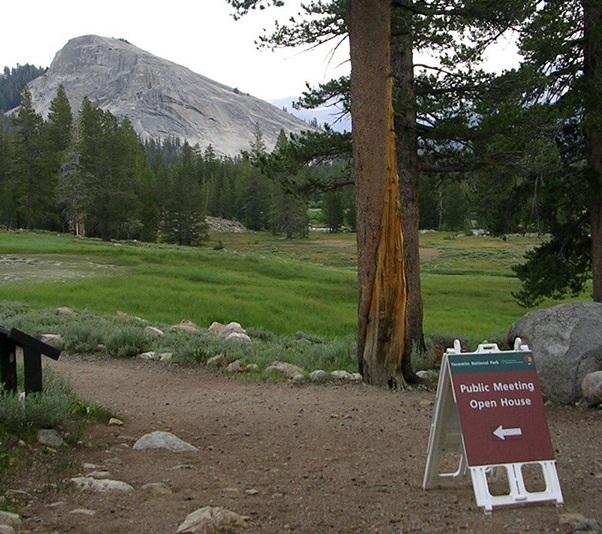
by Spreck | Jan 16, 2023 | Uncategorized
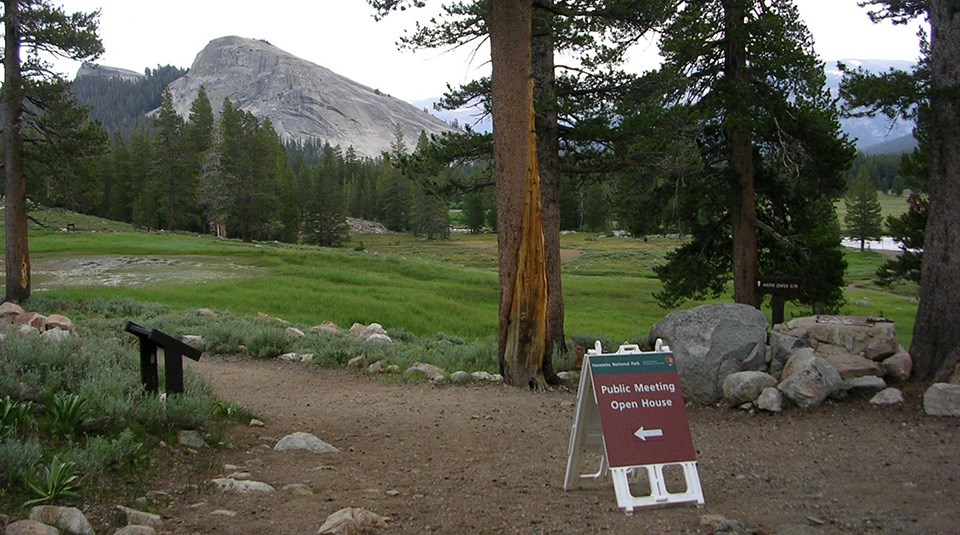
Yosemite National Park has initiated a public period for its Visitor Access Management Plan – open through February 3, 2023.
Comments can be submitted here – it is easy and takes only a couple of minutes.
This is a good opportunity to tell the National Park Service that access and recreational opportunities at Hetch Hetchy need to be improved. Restore Hetch Hetchy’s recommendations are listed below.
- Leaving the gate at the Hetch Hetchy entrance open 24 hours a day under normal circumstances, similar to the policy at Yosemite’s other 4 entrances;
- Expanding trails;
- Improving the campground and allowing all visitors to stay overnight at Hetch Hetchy;
- Allowing low-impact, non-polluting boating on the reservoir; and
- Providing public transit to Hetch Hetchy.
Thanks for your help. Park visitors need to go to Hetch Hetchy to appreciate its beauty. Once they learns its history, most will support the campaign for Hetch Hetchy’s restoration.
Restore Hetch Hetchy will be resending our letter to Superintendent Muldoon with an updated list of signatories (without addresses and emails), and we expect to meet again with Muldoon and staff in a few months. In addition, we plan to file a petition for increased access with the Department of Interior and will be asking Congress to reintroduce the Yosemite National Park Equal Access and Fairness Act.

by Spreck | Dec 30, 2022 | Uncategorized
Happy New Year from everybody at Restore Hetch Hetchy!
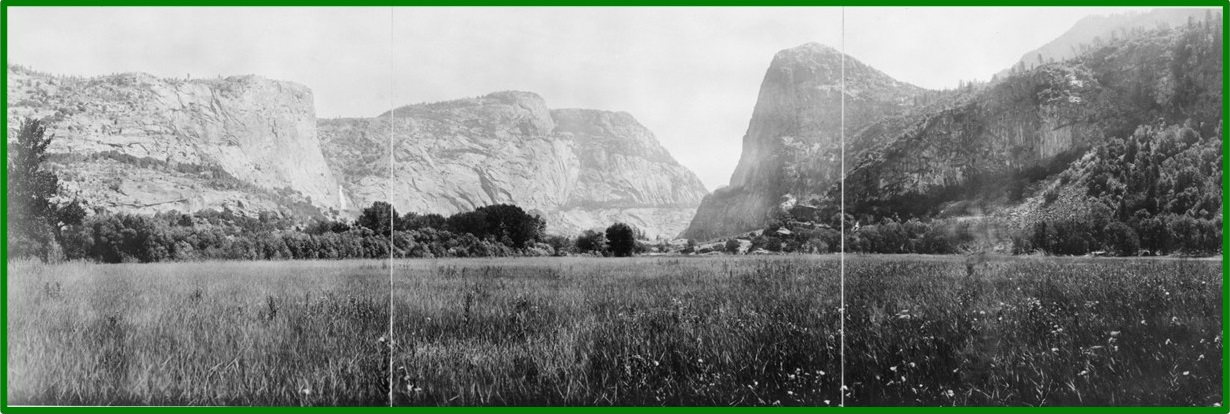
Photo: Matt Ashby Wolfskill (1908)
Today is the last chance in 2022 to make a tax-deductible contribution in support of our campaign to return Hetch Hetchy Valley in Yosemite National Park to its natural splendor – a majestic glacier-carved valley with towering cliffs and waterfalls, an untamed place where river and wildlife run free, a new kind of national park.
Options for contributing include:
- Send a check to Restore Hetch Hetchy, 3286 Adeline St. Suite 8, Berkeley, California 94703; or
- Pay by credit card online: or
- For other options, including appreciated stock, see our other other ways to give page.
We are grateful to all our supporters. Those who contribute financially, as well as those who get involved and encourage others to do so.
2023 looks to be a busy year – we will keep you informed as we:
- Pursue improved access to Hetch Hetchy through administrative, legal and legislative channels;
- Advocate for improvements to San Francisco’s water system by implementing elements of Yosemite’s Opportunity: Options for Replacing Hetch Hetchy Reservoir; and
- Broaden our circle of support to all who love Yosemite – climbers, hikers, fishermen, Native peoples and others.
Thank you to everybody who supports our vision of restoring Hetch Hetchy and making Yosemite National Park whole.
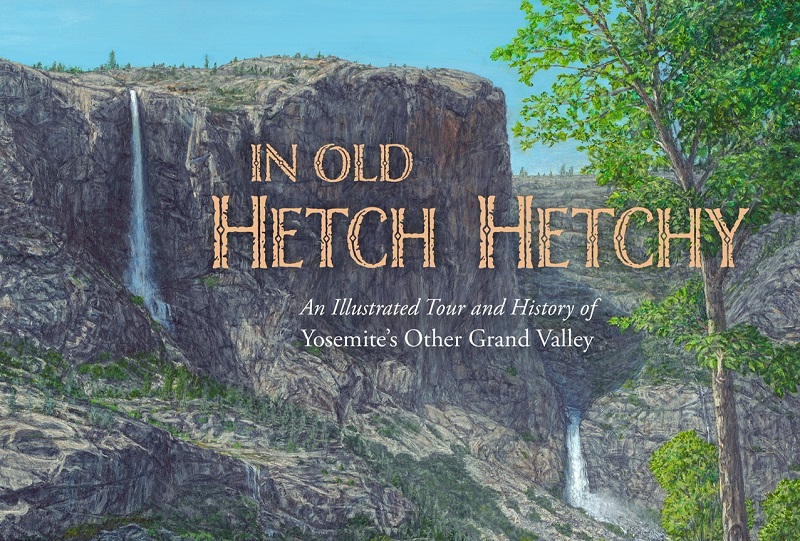
by Spreck | Dec 29, 2022 | Uncategorized
On behalf of the board and staff of Restore Hetch Hetchy, I’d like to express our ongoing gratitude to everyone who shares our vision and our commitment to achieving it.
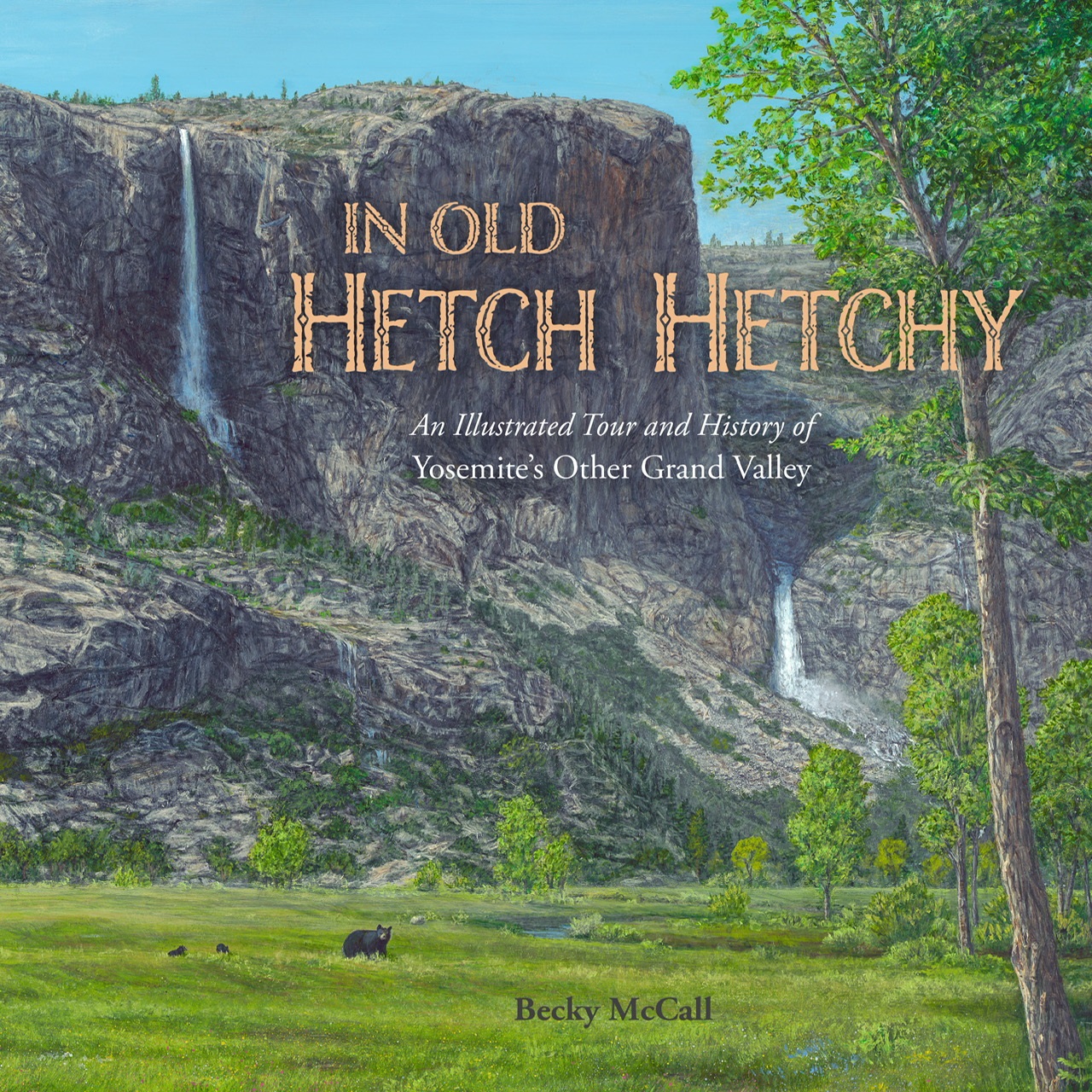 We ask all our supporters to share the story of Hetch Hetchy Valley in Yosemite National Park with their friends and family, and to tell them about the campaign to return the valley to its natural splendor. There is plenty of material on our website (tell us what is missing) but you might also suggest that people watch Finding Hetch Hetchy or purchase a copy of Becky McCall’s In Old Hetch Hetchy.
We ask all our supporters to share the story of Hetch Hetchy Valley in Yosemite National Park with their friends and family, and to tell them about the campaign to return the valley to its natural splendor. There is plenty of material on our website (tell us what is missing) but you might also suggest that people watch Finding Hetch Hetchy or purchase a copy of Becky McCall’s In Old Hetch Hetchy.
We are also still collecting signatures for our letter to Superintendent Muldoon. Our cooperative venture with the National Park Service is one of several efforts to improve access and recreation at Hetch Hetchy even with the dam and reservoir in place. We need more people to visit, to learn Hetch Hetchy’s story and to join the campaign for restoration.
We are particularly grateful to supporters who make financial contributions – large and small. It is still possible to make a tax-deductible contribution before the end of the year (funds only need to be sent by December 31, not received). Options include:
- Send a check to Restore Hetch Hetchy, 3286 Adeline St. Suite 8, Berkeley, California 94703, or
- Pay by credit card online , or
- For other options, including appreciated stock, see our other other ways to give page.
Sincerely,
Spreck Rosekrans, Executive Director
P.S. After the last three dry years, I hope folks in California are enjoying a nice wet December.
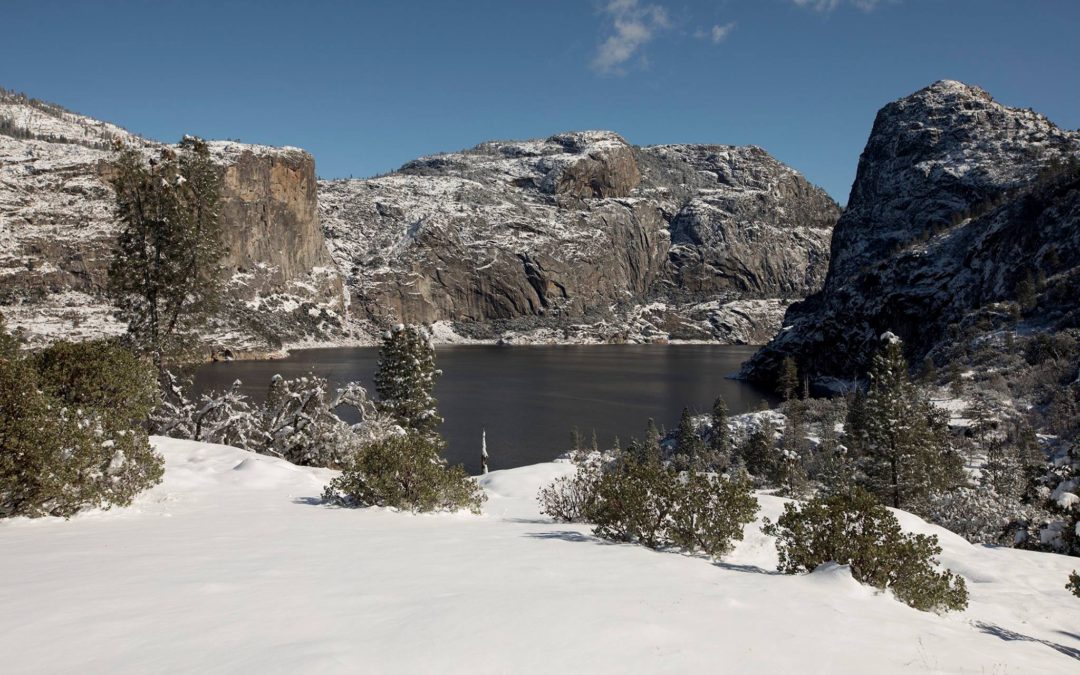
by Spreck | Dec 23, 2022 | Uncategorized
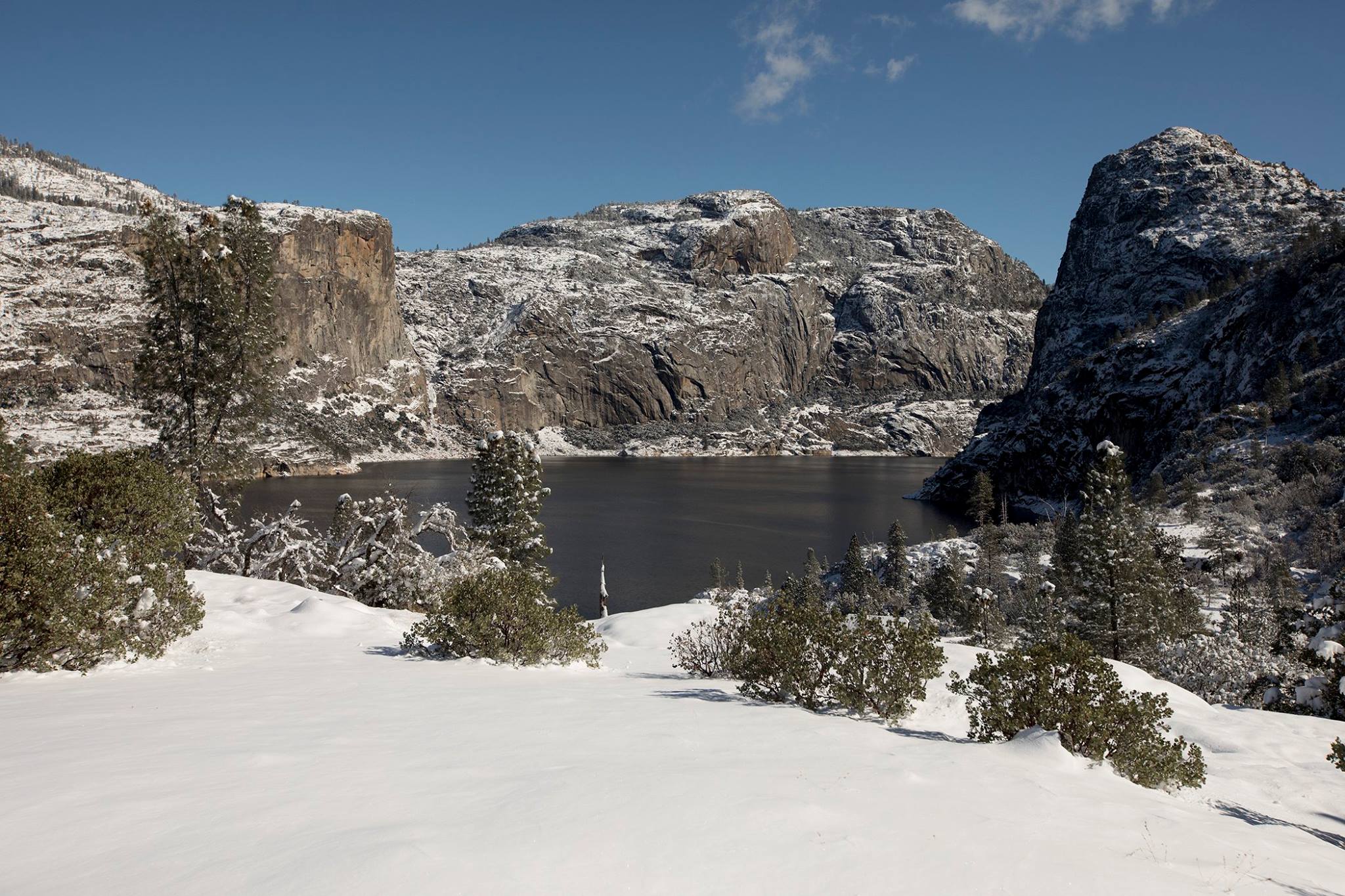 Happy Holidays!
Happy Holidays!
It’s great to have some early season weather and to see Hetch Hetchy and all of Yosemite blanketed in snow. Here’s hoping our drought comes to an end and that there are many storms in the weeks ahead.
We’ve been busy. Restore Hetch Hetchy is working cooperatively with the National Park Service to implement the recommendations of our Keeping Promises report (2021) – to improve visitor access at Hetch Hetchy and build support for restoration. It is especially exciting that Congress has paid attention as well – we look forward to reintroduction of the Yosemite National Park Equal Access and Fairness Act in 2023.
We are also pleased with initial responses to Yosemite’s Opportunity: Options for Replacing Hetch Hetchy Reservoir. Both groundwater banking and recycling are technologies that can not only replace the water storage at Hetch Hetchy but can provide important benefits to other communities as well.
You can help by making a contribution to Restore Hetch Hetchy. There are several ways, including:
- Send a check to Restore Hetch Hetchy, 3286 Adeline St. Suite 8, Berkeley, California 94703, or
- Pay by credit card online , or
- For other options, including appreciated stock, see our other other ways to give page.
Thank you very much for your consideration.
P.S. if you have not signed our letter to Superintendent Muldoon, we are still collecting signatures.











 We ask all our supporters to share the story of Hetch Hetchy Valley in Yosemite National Park with their friends and family, and to tell them about the campaign to return the valley to its natural splendor. There is plenty of material on our website (tell us what is missing) but you might also suggest that people watch
We ask all our supporters to share the story of Hetch Hetchy Valley in Yosemite National Park with their friends and family, and to tell them about the campaign to return the valley to its natural splendor. There is plenty of material on our website (tell us what is missing) but you might also suggest that people watch 
